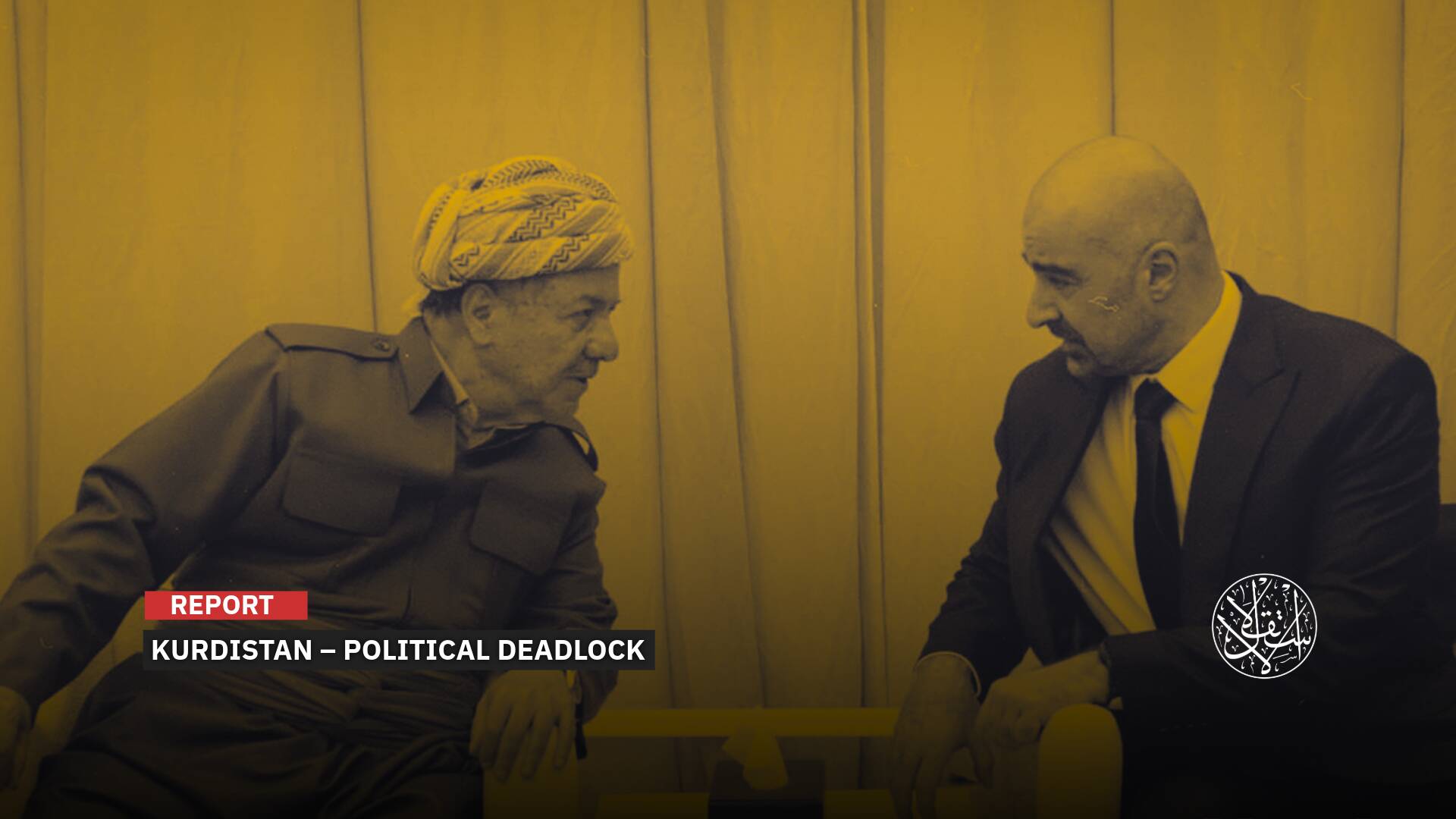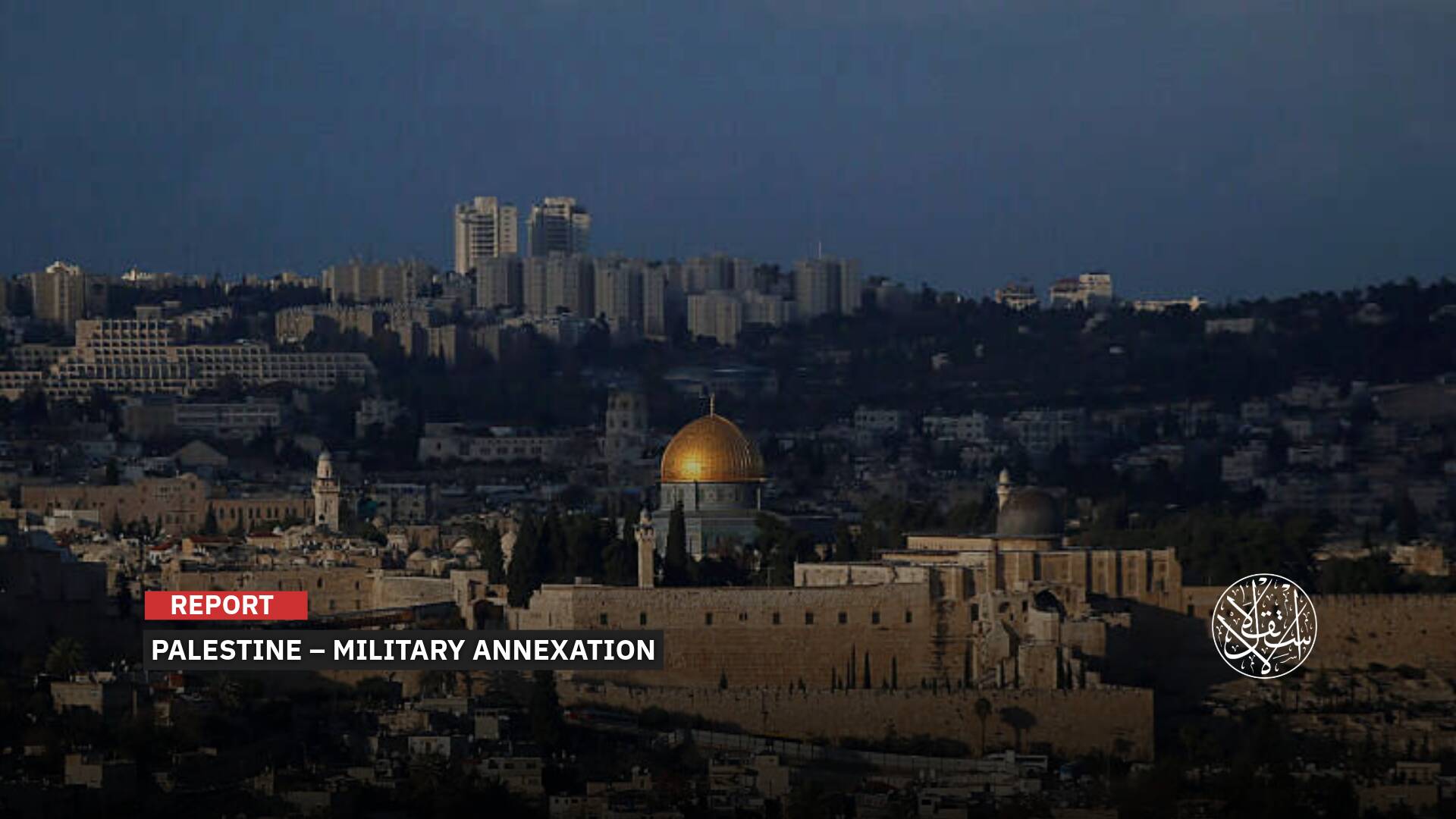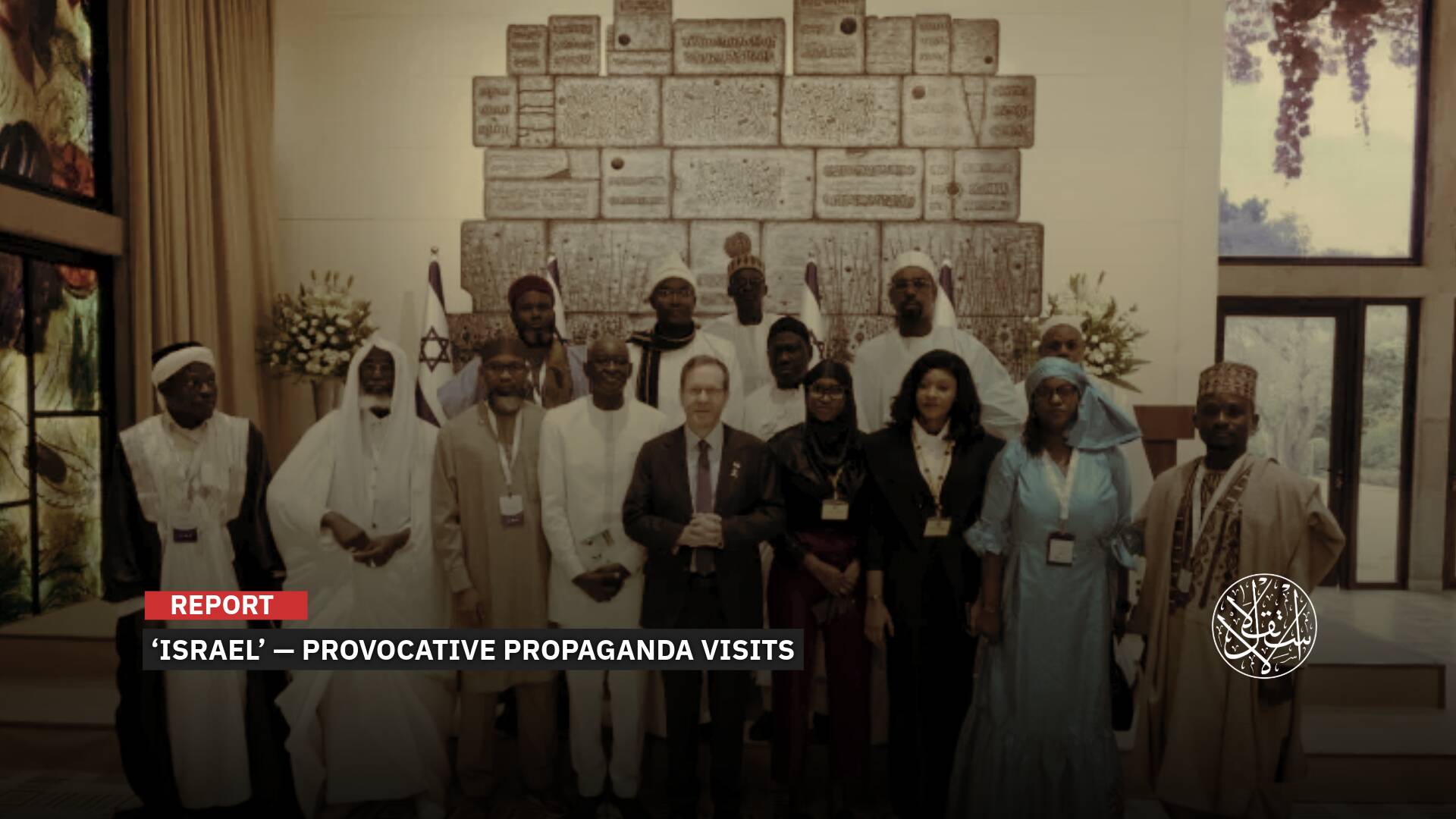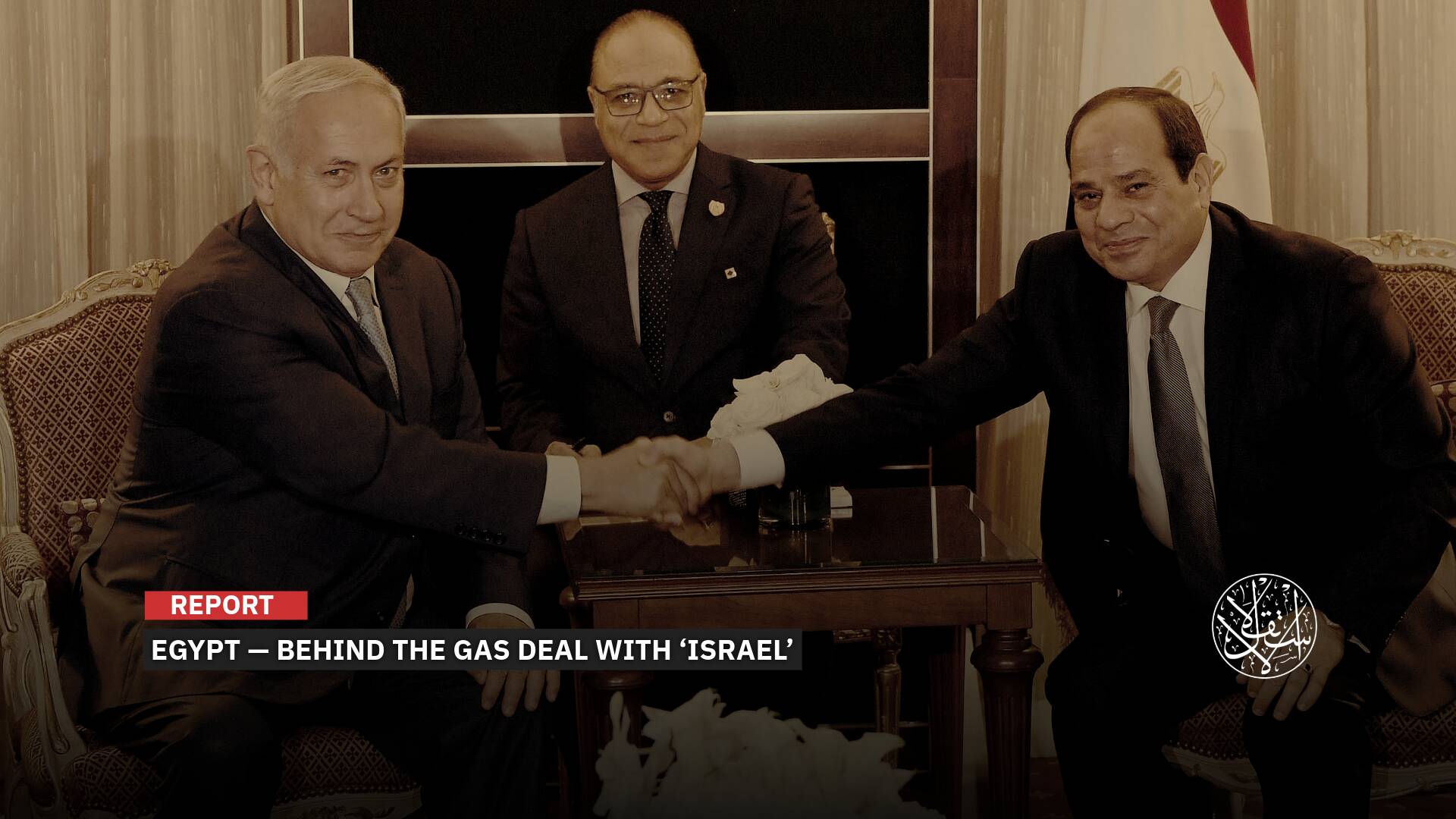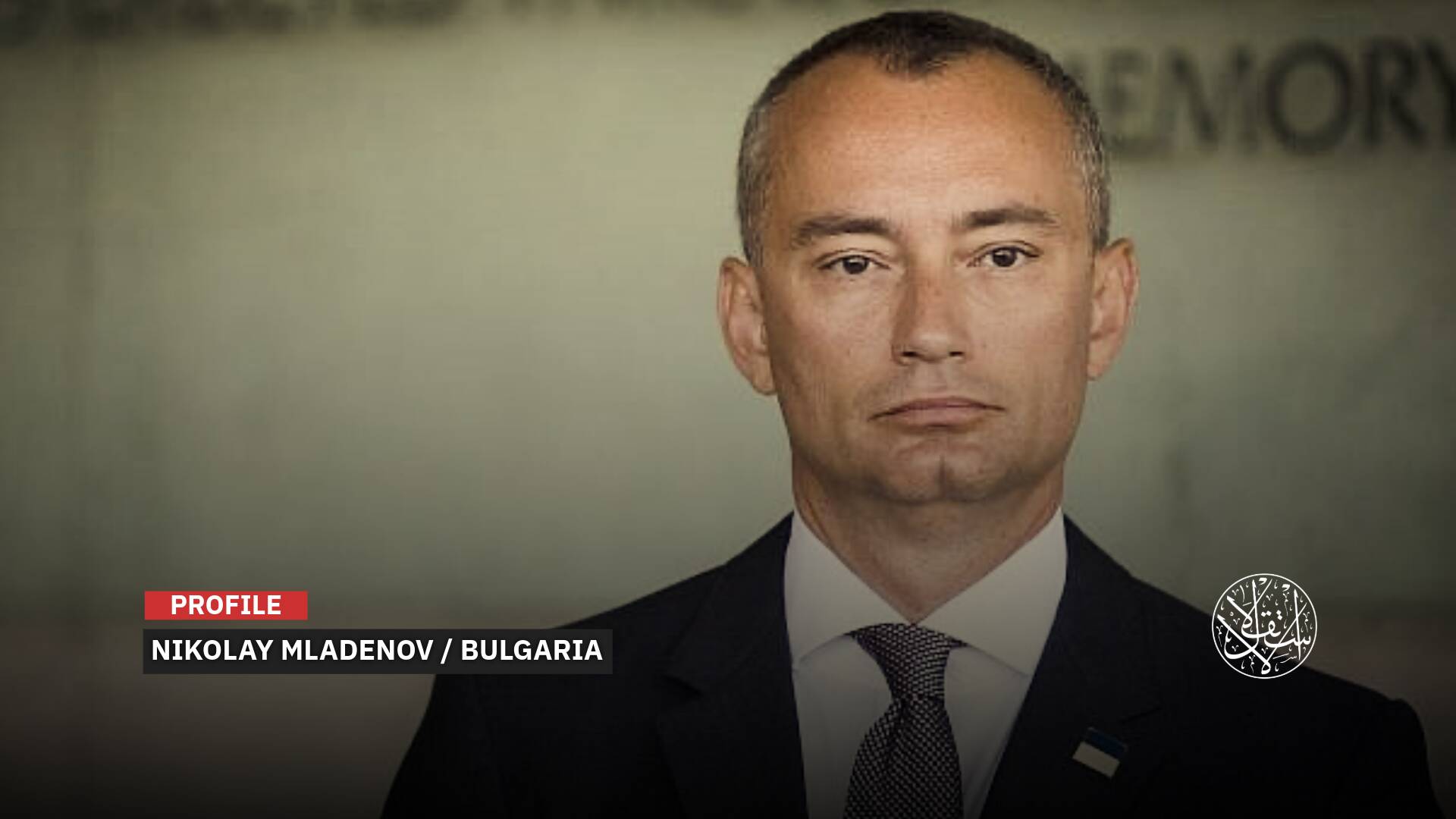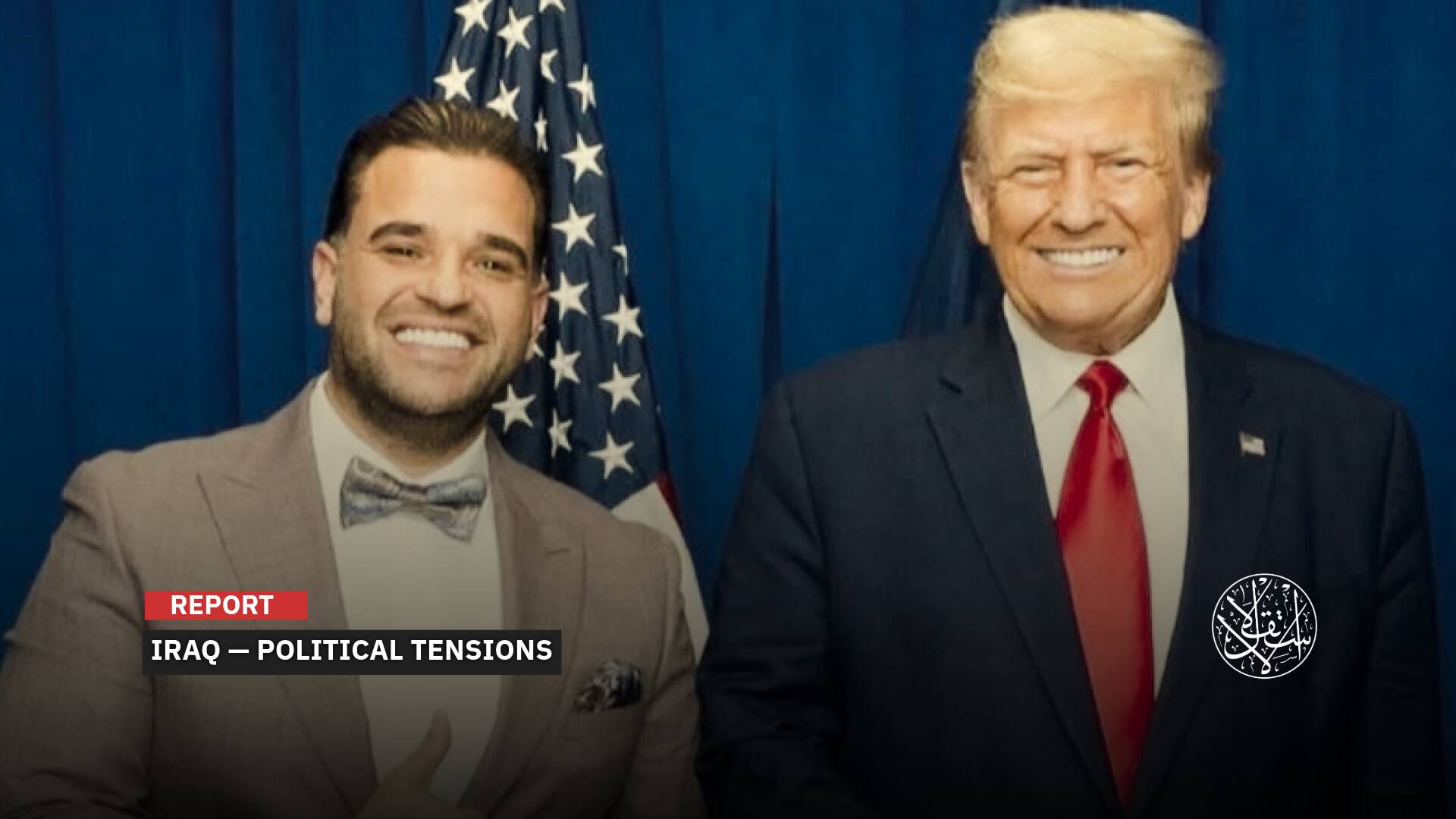The Strategic Golan: Why Did Netanyahu Choose It as a Priority for His New Government?

The new Israeli Prime Minister, Benjamin Netanyahu, continues to raise the issue of the occupied Syrian Golan Heights since 1967.
This time, Netanyahu is trying to get new acknowledgments of the Israelis’ alleged “sovereignty” over the Golan Heights for its “security vitality” to the interests of “Tel Aviv.”
This step came as part of Netanyahu’s pledges to his allies from the far-right and religious parties before forming the most extreme government.
Government Priorities
A day before the new government was sworn in before the Israeli Knesset (Parliament) on December 29, 2022, Netanyahu published the guiding principles for his new coalition and its comprehensive agenda.
The government will work to recognize the Golan Heights as a strategic area with wide development potential and will lead a wave of settlement, development, and promotion of initiatives while preserving the plateau’s unique values of nature, humanity, and the environment.
The right-wing Likud party led by Netanyahu, along with its allies in the ultra-Orthodox and far-right parties, won the parliamentary elections on November 1, 2022.
Netanyahu served as prime minister for the first time between 1996 and 1999, then for 12 consecutive years between 2009 and 2021, and he is being tried on a number of corruption charges.
The Golan is located in southern Syria, nearly 50 kilometers from the capital, Damascus, spanning about 1,800 square kilometers.
“Israel” occupied the Syrian Golan Heights in 1967, and the Knesset approved in 1981 the law to annex it to “Israel,” but the international community still considers the region as occupied Syrian territory.
Thus, “Israel” occupied 1,200 square kilometers, and the buffer zone between the two lines reached 80 square kilometers.
Since that time, “Israel” has embarked on settlement operations in that area; what is left is also facing the danger of Judaization.
The Golan Heights is bordered to the west by Palestine (the Jordan River and Lake Tiberias), to the northwest by Lebanon, and to the south by Jordan.
Syria tried to regain the Golan in the 1973 war, before an armistice was signed with “Israel” in 1974, and an international observer force was deployed on the cease-fire line in the aforementioned year.
However, “Israel” announced the annexation of the Golan Heights in 1981, a step that was not recognized internationally, but the border areas have not witnessed any skirmishes since 1967, while Damascus demands the return of the Golan Heights as part of any future peace agreement.
About 138,000 people lived in those Golan towns, most of whom fled to the Syrian interior.
The Golan Importance
On the other hand, “Israel” brought thousands of settlers, bringing the number of settlements in the Golan to 35 in 2022, inhabited by 27,000 Israelis.
There are also about 20,000 Syrians living there, most of whom are from the Druze monotheistic sect, along with Circassians, Turkmen, and Bedouins.
“Israel” gave them the option of obtaining citizenship, but most of them preferred to keep their Syrian nationality and, in return, obtain permanent resident status that would enable them to “enjoy” most of the rights granted to Israeli citizens, with the exception of voting for the Knesset and having Israeli passports.
The Golan Heights is an important source of water, as the rains from its highlands feed the Jordan River and provide “Israel” with a third of its water needs.
The Golan ranks first among the Syrian governorates in terms of soil fertility and natural richness.
“Israel” has worked and continues to distort the features of the Golan Heights by changing the names of the valleys, hills, villages, and springs there, in addition to attempts to increase the number of settlers there.
“Israel” spreads electricity generation turbines on lands belonging to indigenous people in the Golan Heights.

The Golan has oil wealth and a partnership with American exploration companies. There are also food factories, industrial and agricultural facilities, and commercial companies in the settlements, in addition to manufacturing office and computer supplies and recycling products.
The majority of wine-producing factories are also located in the Golan Heights, with more than 8 factories, the most famous of which is the “Golan Heights Winery,” which signed an agreement on October 28, 2020, with the Emirati company “E&A” to supply wines to Dubai, according to the Jerusalem Post.
The owners of these interests obtain tax exemptions and concessions for the settlements to the extent that the Israeli government provides donations and semi-periodic assistance to the workers there.
These settlement factories would help “Israel” expand its surrounding areas under the pretext of security and protection.
According to experts, making the idea of recognizing “Israel’s sovereignty over the Golan Heights” ends the Syrian-Israeli peace negotiations and pushes for the Israeli Occupation’s promotion of the principle of “land for peace.”
Therefore, the guidelines outlined by Netanyahu and presented to the Knesset 24 hours before his government was sworn in, although not legally binding, represent the government’s first official communication about its priorities and intentions during its tenure.
Legitimizing the Occupation
The thirty-seventh new government in Israeli history starts to proceed toward legitimizing its occupation of the Golan Heights.
The Golan currently gives “Israel” a defensive depth and ensures that it removes direct danger from the vital populated areas in the north of the occupied Palestinian territories.
According to the Israeli authorities, 21 percent of the production of vines (grapes) for “Israel” comes from the Golan, as well as 50 percent of mineral water production and 40 percent of beef.
“Israel” also exports the products and commodities of the Golan settlements, most notably fruits, vegetables, and cosmetics.
Therefore, the Netanyahu government is trying to sell the products of the Israeli settlements in Europe.

This is among Netanyahu’s priorities, who previously saw during his cabinet meeting in November 2015 that removing all Israeli settlement products from their shelves by German stores is “ridiculous and wrong, both morally and historically,” as he described it.
Amir Fox, an expert on democratic institutions at the Israel Democracy Institute, told The Times of Israel that this is important because Israelis know what the government will do, what its priorities are, and the problems they want to solve.
Fox added on December 28, 2022, that it is also a formality required by law and is not binding at all, which means that the government cannot be bound by it.
On June 11, 2022, the Norwegian government announced that the “Israel” mark of origin is only suitable for products coming from territories under Israeli control before the fourth of the same month of 1967.
This was condemned by “Tel Aviv” and believed that it “will negatively affect the bilateral relations between Israel and Norway, as well as the importance of that country in strengthening relations between Israel and the Palestinians.”
The European Commission had taken a decision in 2015 to put distinctive signs on Israeli settlement products, recommended by member states, and then confirmed by a decision of the Court of Justice of the European Union in 2019.
Israeli settlement is illegal under international law and has continued under all Israeli governments since 1967.
Israeli revenues from building a very large agricultural, economic and industrial network in the Golan are estimated at $1.5 billion annually, according to a report published by Maariv newspaper on December 10, 2008.
Therefore, lifting the ban on settlement products by Western countries opens the door to increasing their exports and achieving more financial gains for the Netanyahu government, according to observers.
In a report issued in February 2022, Human Rights Watch confirms that the transfer of the civilian population under the umbrella of an occupying power to a militarily occupied territory is a violation of the Fourth Geneva Convention and a war crime under the Rome Statute of the International Criminal Court.
Trafficking in settlement products helps perpetuate these violations of international humanitarian law. It also perpetuates human rights violations that often result from settlements, such as land confiscation, exploitation of natural resources, and displacement of local residents.
Netanyahu has been seeking for some time to increase the number of settlers there to 100,000. Therefore, the priorities of the new Israeli government come as a continuation of his efforts to extract new recognitions of Israeli sovereignty over the occupied Golan.
‘Security Master’
Palestinian journalist Ayman al-Rafati believes that “Netanyahu wants to change the reality of the Golan Heights to become a strategic Israeli region that is not subject to negotiation with any of the parties, by repeating new recognitions from the countries of the world that this land is Israeli and not Syrian, contrary to the version adopted by the United Nations.”
Al-Rafati added to Al-Estiklal: “The approach adopted by Netanyahu ends any event on peace with Syria in the future by activating previous talks called peace in exchange for land.”
He pointed out that “the strategic position of the Golan is very important for the Israeli Occupation, especially as it represents a high overlook on three neighboring countries (Syria, Lebanon, and Jordan), in order to achieve the military strategic dimensions of the entity.”
So that “the Golan will be a military concentration area that prevents the Arab countries from taking the battle inside the Israeli Occupation, and through which the latter can destroy the military capabilities of any country in advance and within its territory,” according to the journalist.
He pointed out that “the unique geography of the Golan and its high peaks overlooking the capital, Damascus, in the east, and other cities in central and western Israel highlight its importance. Whoever militarily controls the plateau can reach any place, even with the simplest conventional weapons.”
He went on to say: “Netanyahu believes that the Golan Heights during the coming period should be strategic for the Israeli Occupation to be able to face any Iranian positioning in Syria, and in a way that enables the Israeli Occupation to target any Iranian moves there in advance.”
Al-Rafati added: “Netanyahu believes that ruminating on new recognitions of the ‘Israeliness’ of the Golan Heights is a continuation of his previous path that prompted the administration of former US President Donald Trump to recognize the Golan Heights, and all of this was to show that he is the master of security and the best to lead the Israeli Occupation.”
In 2019, Netanyahu went to the US administration 3 times, asking for recognition of the annexation of the Golan Heights to “Tel Aviv.”
Indeed, on March 25, 2019, Trump officially recognized Israeli sovereignty over the occupied Syrian Golan Heights during a joint press conference with Netanyahu in Washington.
Thus, Trump, who gave Netanyahu the pen with which he signed the decree as a souvenir, has violated all the positions of previous US administrations, UN Security Council resolutions, and the Paris Peace Agreement signed in 1947, which prohibits changing borders and annexing them by force.
At the time, Netanyahu described the US decision on the occupied Golan as “historic justice” and a “diplomatic victory,” but experts attributed the move at the time to supporting the head of the Likud party in the elections.
On February 9, 2021, US Secretary of State, Antony Blinken, said in press statements that the Israeli control over the Golan Heights in the current situation is of real importance to Israeli security.
However, the legal questions about the right to land are something else, and they must be examined over time in case the situation in Syria changes, he added.
Here, Blinken refers to the presence of Iran and the Lebanese Hezbollah in Syria and near the Golan Heights, which represents a threat to Israeli security.
Sources
- Judicial Reform and the Promotion of Jewish Identity: Policy Guidelines for the New Coalition Government [Arabic]
- Israel disregards the world: The Golan will remain under our sovereignty forever, and Washington supports us [Arabic]
- Netanyahu criticizes a German supermarket that “boycotted” settlement products [Arabic]
- Trump officially recognizes Israel's sovereignty over the Golan Heights [Arabic]
- Europe: Beware of dealing with illegal settlements [Arabic]



